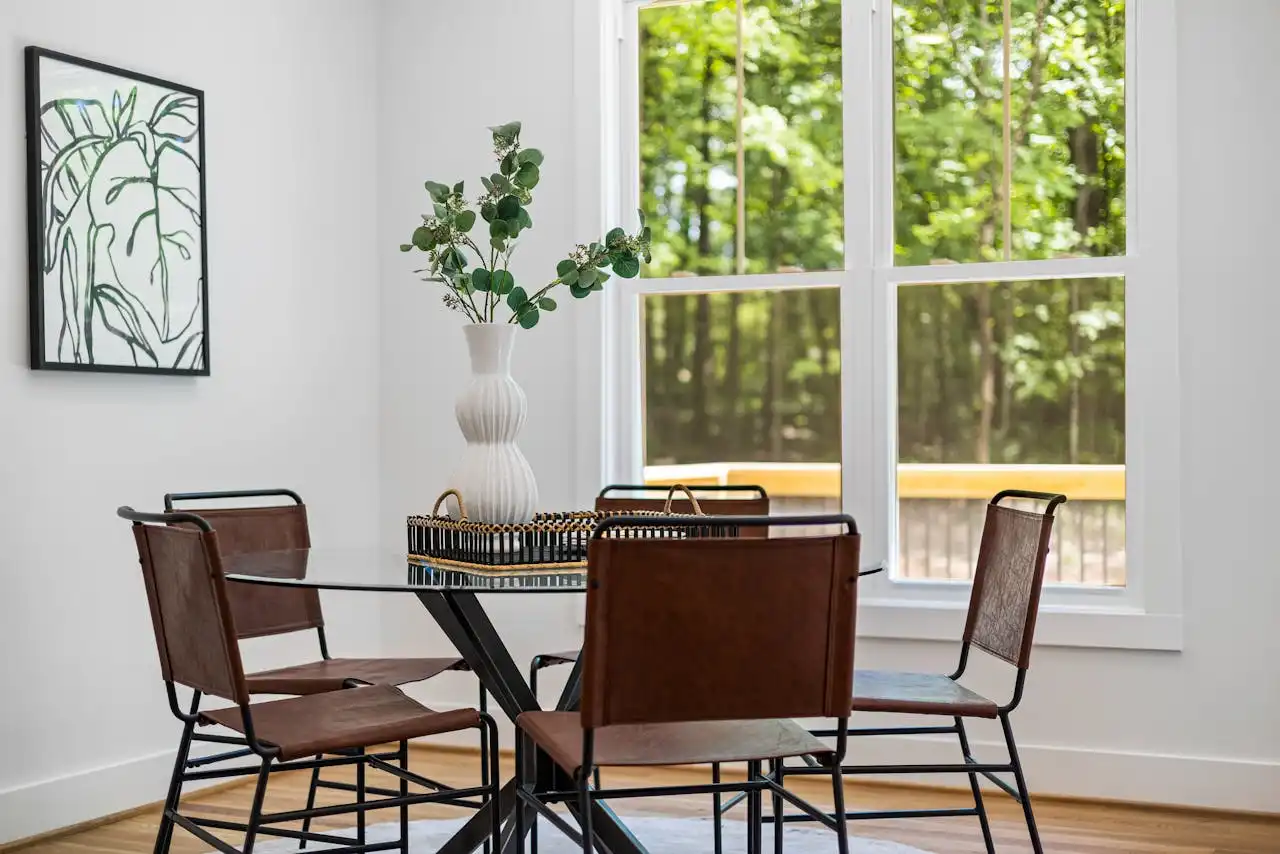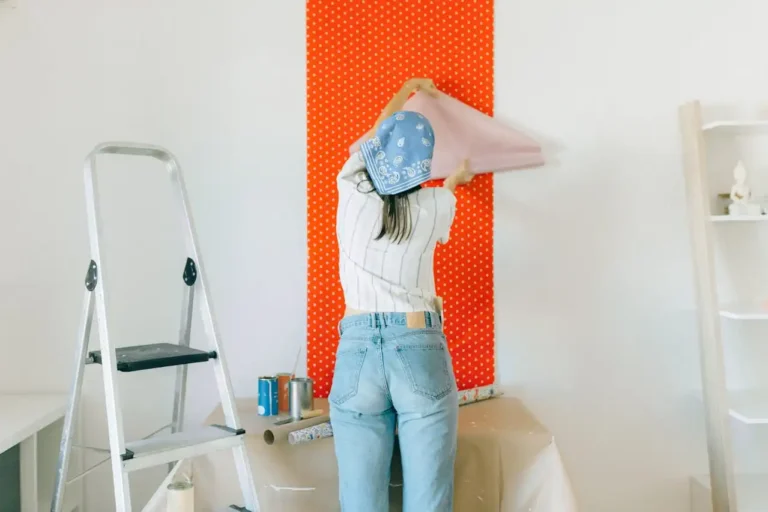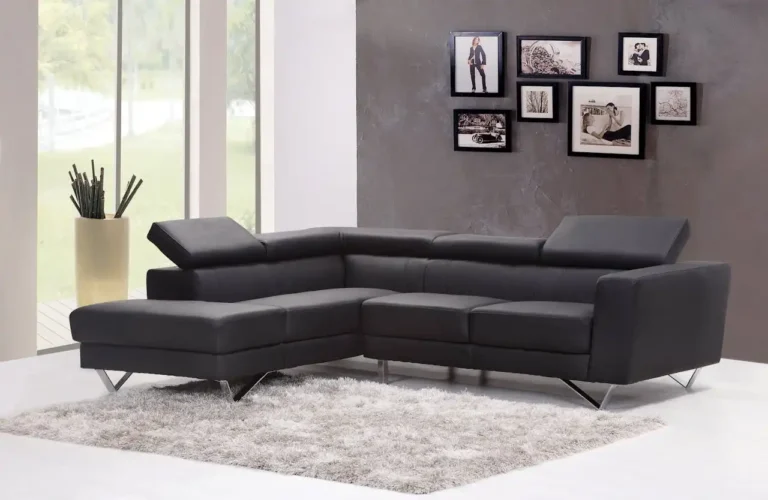How to Make Any Room Feel Brighter & Airier
You don’t need expensive renovations to transform your space into a bright, airy sanctuary.
Simple changes in color, lighting, and arrangement can dramatically open up any room.
These practical strategies will help you create the illusion of more space and natural light, making your home feel fresh and inviting.
Start with Light Colors and Neutrals
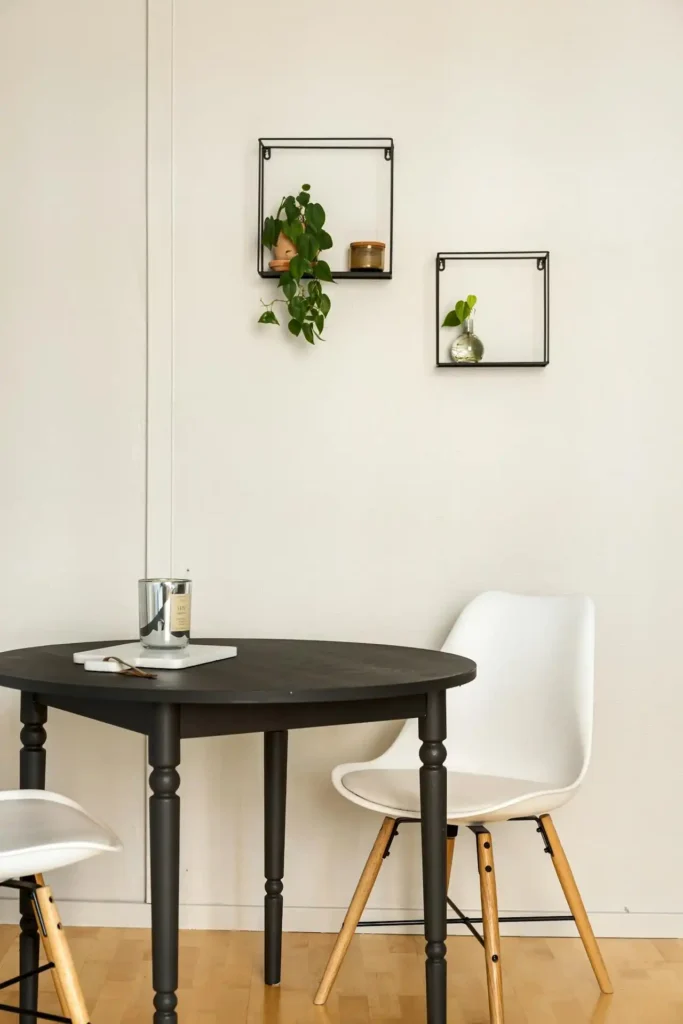
Light colors reflect more light than dark ones, instantly making your room feel larger and brighter.
You’ll want to focus on whites, creams, soft grays, and pale pastels for your walls. These shades bounce light around the room, creating that coveted airy atmosphere.
Don’t worry about your space looking boring with neutral walls. You can add personality through colorful accessories, artwork, and textiles.
The key lies in keeping your base palette light while introducing pops of color strategically.
Consider painting your ceiling a lighter shade than your walls, or even pure white. This draws the eye upward and creates the illusion of height.
You’ll be amazed at how this simple trick opens up the entire space. White or cream furniture pieces will have the same light-reflecting effect as painted walls.
If you’re renting and can’t paint, focus on light-colored furniture, curtains, and decorative elements.
Maximize Your Natural Light
Natural light transforms any space, so you’ll want to make the most of what you have. Keep your windows sparkling clean inside and out.
Remove heavy curtains and replace them with light, flowing fabrics that allow maximum light penetration.
Sheer curtains or light-filtering blinds work perfectly for privacy while maintaining brightness.
Dirty windows can block up to 25% of available light. You’ll notice an immediate difference when you let that sunshine stream in unobstructed.
Position mirrors opposite or adjacent to windows to reflect natural light throughout the room. You’ll gain precious daylight hours by clearing these natural obstructions.
This doubles the impact of your existing light sources and creates beautiful, dynamic lighting that changes throughout the day.
Trim any bushes or trees outside your windows that might block natural light. Sometimes the solution lies outside your home rather than inside.
Add Mirrors Strategically
Mirrors work like magic in small or dark spaces. They reflect both natural and artificial light, instantly brightening your room while creating the illusion of depth and space.
You’ll want to place them where they can catch and bounce light effectively. This creates an incredible sense of openness that you’ll love.
A large mirror on the wall opposite a window will reflect the outdoor view, making your room feel like it extends beyond its actual boundaries.
Consider using multiple smaller mirrors instead of one large one. Group them in interesting arrangements to create focal points while maximizing light reflection.
You can mix different shapes and frame styles for added visual interest. These pieces blend into the background, making your room feel less cluttered and more spacious.
Mirrored furniture pieces, like coffee tables or wardrobes, serve double duty by providing storage while reflecting light.
Choose the Right Lighting
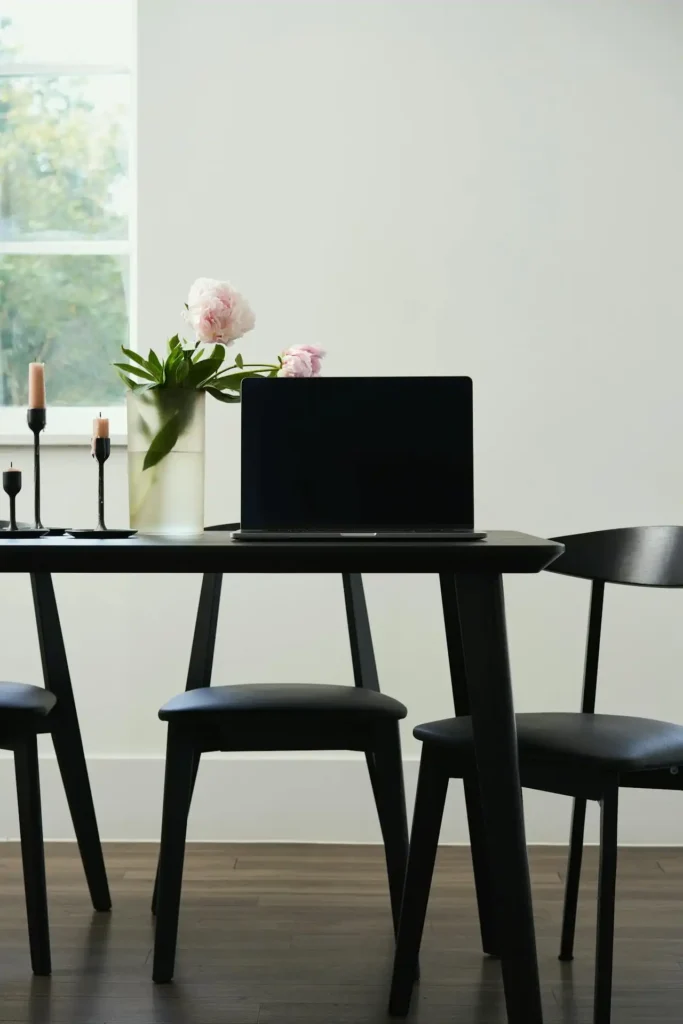
Layered lighting creates depth and eliminates harsh shadows that can make spaces feel closed in.
You’ll need three types of lighting: ambient, task, and accent lighting working together harmoniously.
Replace single overhead fixtures with multiple light sources at different heights. Install dimmer switches to control your lighting throughout the day.
Table lamps, floor lamps, and wall sconces create pools of light that make your room feel more dynamic and inviting.
LED bulbs in daylight or cool white temperatures mimic natural sunlight and make spaces feel fresher.
Warm yellow lights can make rooms feel cozy but smaller, so save those for evening ambiance.
You’ll appreciate the flexibility to adjust brightness levels based on natural light availability and your activities.
Declutter and Organize Ruthlessly
Clutter visually weighs down a space and makes it feel cramped and chaotic.
You’ll be surprised how much bigger your room feels when you remove unnecessary items and organize what remains.
Start by removing everything that doesn’t serve a purpose or bring you joy.
Be honest about what you actually use and need in each space. Donate or store items that don’t belong in that particular room.
Invest in smart storage solutions that hide clutter while keeping essentials accessible. This creates clean lines and visual breathing room that makes spaces feel more open.
Ottoman storage, under-bed boxes, and wall-mounted shelves maximize storage without taking up floor space.
Keep surfaces as clear as possible. Countertops, side tables, and dressers should have minimal items displayed.
Use Vertical Space Effectively
Drawing the eye upward makes ceilings appear higher and rooms feel more spacious.
You can achieve this through strategic furniture placement, artwork positioning, and decorative elements.
Hang curtains as close to the ceiling as possible, even if your windows are lower. You’ll create storage without sacrificing floor space.
This creates the illusion of floor-to-ceiling windows and adds height to your room. Choose curtains that just kiss the floor for the most elegant look.
Install floating shelves higher on walls rather than placing everything at eye level. This utilizes empty wall space while drawing attention upward.
Choose tall, narrow furniture pieces instead of short, wide ones when possible. A tall bookshelf or narrow console table takes up less visual space while providing the same functionality.
Add Plants and Natural Elements
Plants bring life and freshness to any space while improving air quality. Choose plants that thrive in your specific light conditions.
They create a connection to nature that makes rooms feel more open and breathing. You don’t need a green thumb to incorporate plants successfully.
Snake plants and pathos work well in lower light, while succulents and fiddle leaf figs prefer brighter spots. Match your plants to your space for the best results.
Use plants at different heights to create visual layers. Floor plants, hanging planters, and tabletop greenery add dimension while softening hard architectural lines.
Natural materials like wood, rattan, and stone bring organic textures that complement plants beautifully.
These elements make spaces feel connected to the outdoors, enhancing that airy atmosphere you’re creating.
Select Furniture Wisely
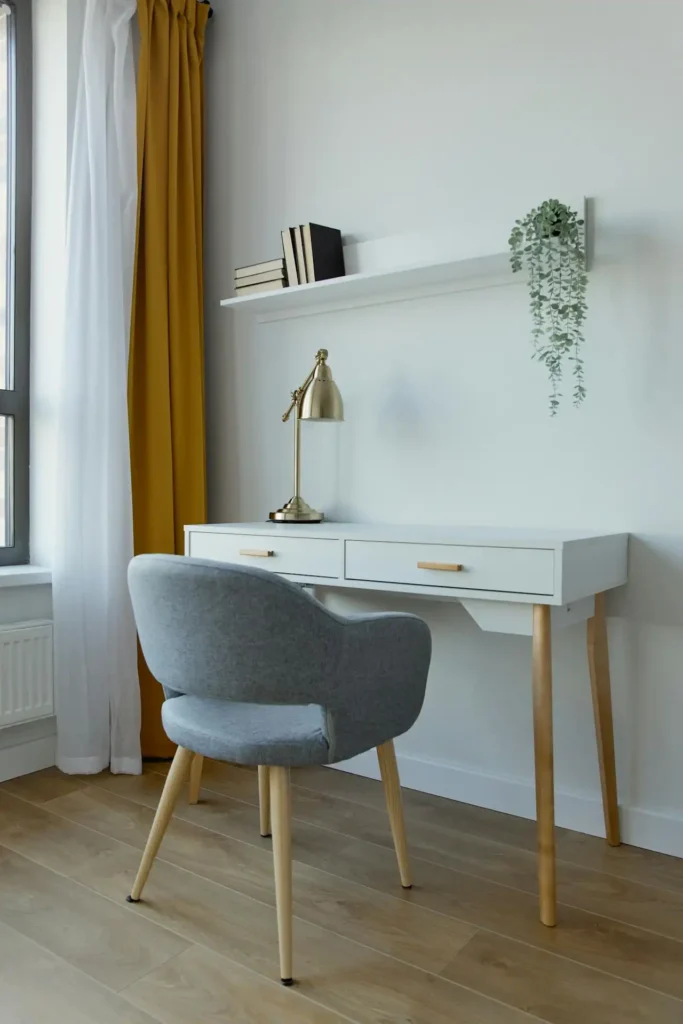
Furniture with legs allows light to flow underneath, creating the illusion of more floor space. You’ll want to avoid heavy, solid pieces that sit directly on the floor whenever possible.
Choose furniture with clean lines and minimal bulk. Sleek, modern pieces take up less visual space than ornate, heavy furniture.
This doesn’t mean sacrificing comfort – just prioritize streamlined designs. A glass coffee table or acrylic chairs maintain sight lines and keep spaces feeling open.
Glass and acrylic furniture pieces practically disappear in a room while still providing functionality. Multi-functional furniture maximizes utility while minimizing clutter.
Ottoman storage, nesting tables, and beds with built-in drawers serve multiple purposes without crowding your space.
Create Visual Flow
Arrange furniture to encourage natural movement through your space. You’ll want clear pathways that allow easy navigation while maintaining conversation areas and functional zones.
Avoid pushing all furniture against walls. Floating pieces away from walls creates more intimate groupings while allowing light to circulate around furniture edges.
Use area rugs to define spaces without creating visual barriers. The right rug anchors furniture groupings while maintaining the open feeling you’re working to achieve.
Keep sight lines clear from one area to another. Consider the scale of patterns and textures throughout your room.
You should be able to see across and through your space easily, which makes rooms feel larger and more connected.
Large patterns can overwhelm small spaces, while tiny patterns may look busy. Choose appropriately scaled elements for your room size.
Incorporate Reflective Surfaces
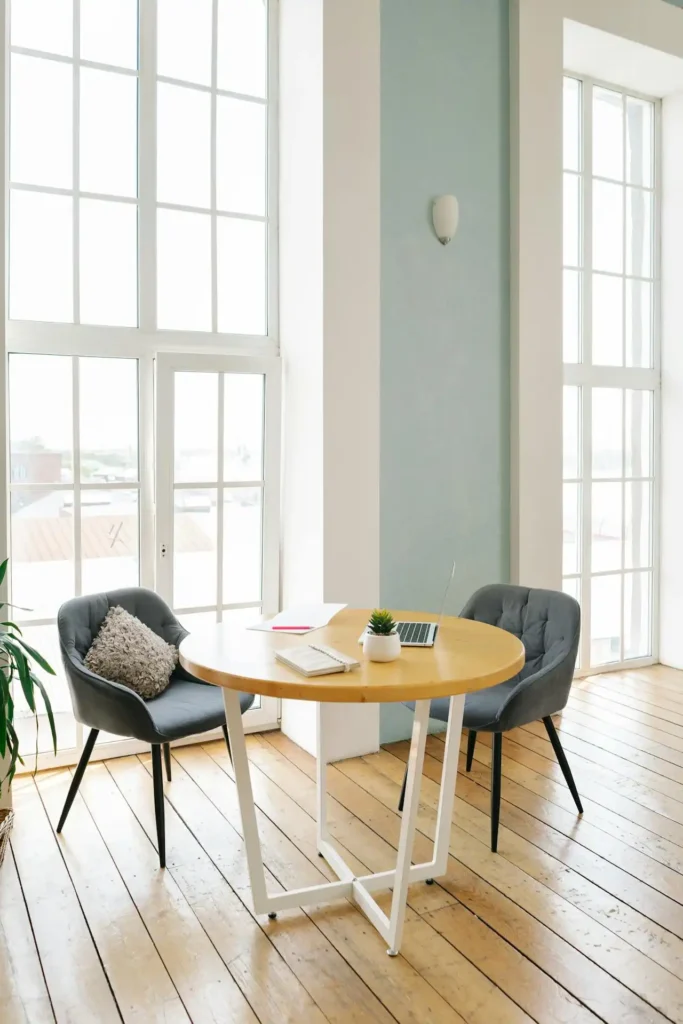
Beyond mirrors, other reflective surfaces can enhance brightness and create visual interest.
Metallic finishes on picture frames, lamp bases, and decorative objects catch and reflect light beautifully.
Glass tabletops, whether on coffee tables or side tables, allow light to pass through while providing functional surfaces. You’ll maintain the open feeling while gaining usable space.
High-gloss paint finishes reflect more light than matte finishes, though they also show imperfections more easily.
Use them strategically on trim, doors, or accent walls for maximum impact. Incorporate metallic accessories sparingly but purposefully.
Silver, gold, or copper elements in small doses add sparkle without overwhelming your light, airy aesthetic.
Conclusion
Transform your space into a bright, airy haven using these simple yet effective strategies.
Small changes in color, lighting, and arrangement create dramatic improvements in how spacious and fresh your rooms feel.
Start with one or two techniques that appeal to you most, then gradually incorporate others as you see results.
You’ll be amazed at how these changes transform not just your space, but your daily experience within it.

